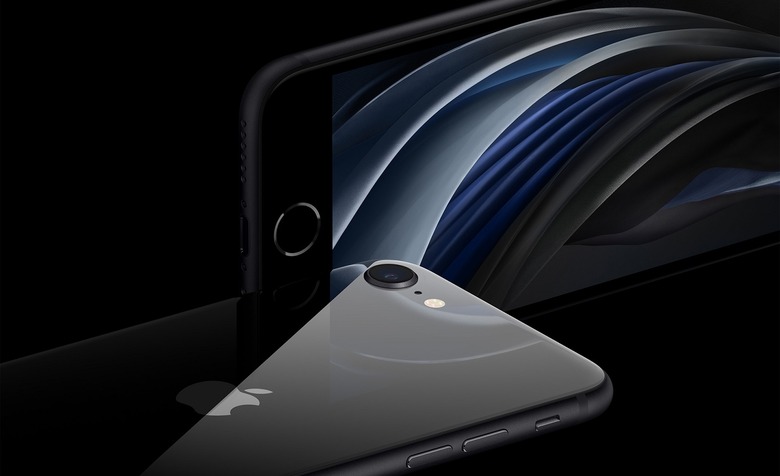iPhone SE With Bigger Screen And Hole-Punch Display Supposedly Coming Soon – Here's When
Over the past several months, there were rumors that Apple would launch the third-generation iPhone SE within the first quarter of 2021. It is now April 1st, and not only is the next iPhone SE nowhere to be seen, but we have not seen any hardware from Apple since the AirPods Max were announced in December. Several prominent leakers suggested that Apple would host a virtual event in March, but that never came to pass, and now the word is that something major could be happening in April instead. Either way, we probably shouldn't expect a new iPhone.
On Thursday, Display Supply Chain Consultants founder and analyst Ross Young revealed that his sources believe the next iPhone SE will feature the same 4.7-inch LCD display as the iPhone SE that debuted in 2020. Apple might add support for 5G with Sub-6GHz spectrum, but he sounds less certain about that:
Apple LCD iPhone leak, we now hear the next LCD iPhone SE will remain at 4.7" in 2022. Some rumors that it may have 5G with Sub-6 GHz as well. Also hearing about a 6.1" version in 2023 with punch hole rather than a notch.
— Ross Young (@DSCCRoss) April 1, 2021
The even bigger news from Young's tweet (providing the information he received is accurate) is that Apple is working on a fourth iPhone SE model for 2023 that would have a hole-punch cutout for the selfie camera instead of a notch. It would certainly stand to reason that if Apple kills the notch on all of its flagship iPhone 14 models in fall 2022 that any additional models would follow suit. That seems to be what Young's sources are proposing.
Exactly a month ago, Apple analyst Ming-Chi Kuo said in a research note that Apple would swap the notch in favor of a "punch-hole display design" similar to the latest Galaxy flagships from Samsung for at least some of its 2022 iPhone models. Kuo says that the two top-line 2022 models — presumably the iPhone 14 Pro and iPhone 14 Pro Max — will definitively adopt the new design, but if the production yield is high enough, Apple might bring hole-punch displays to all of the iPhone 14 models. Kuo did not explain how all of the sensors and components that make Face ID possible would fit in the small cutout, and neither did Young in his tweet.
